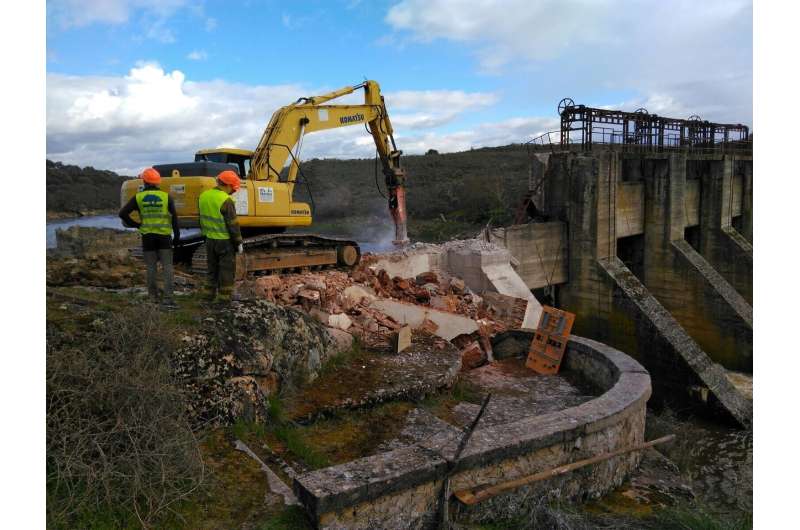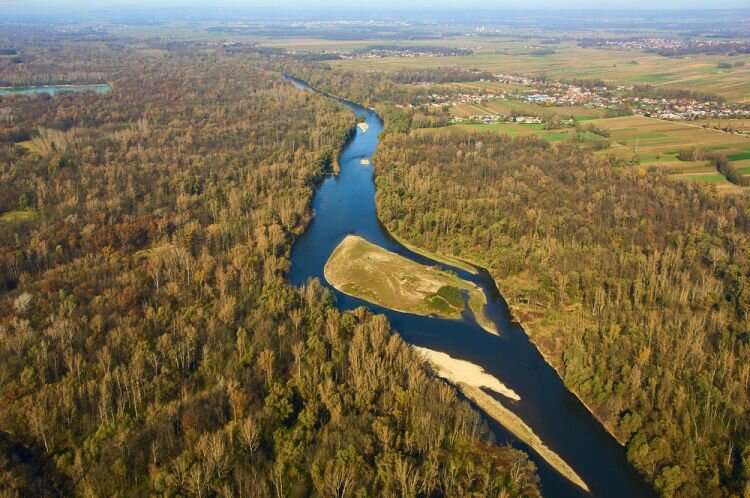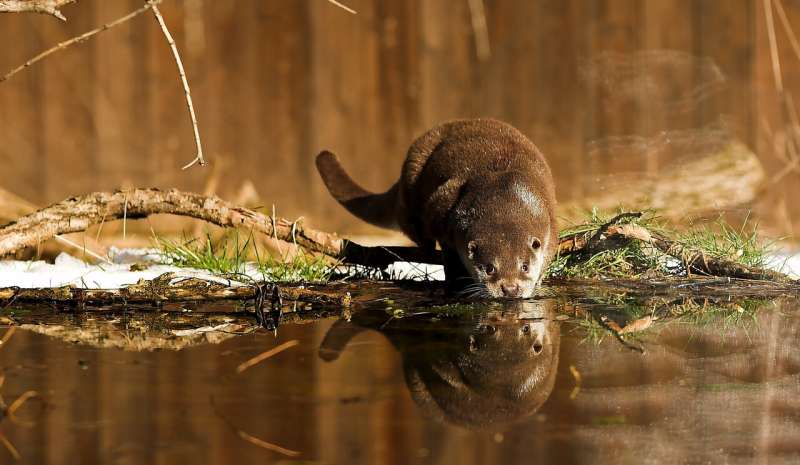Dam removal in Spain. Credit: Spanish River Authority
The European Commission's new biodiversity strategy is a potential game-changer for the continent's rivers—and for all the people and nature that depend on them.
The most eye-catching target is the restoration of at least 25,000 km of rivers through the removal of barriers and the restoration of floodplains and wetlands.
"Restoring 25,000 kms of free flowing rivers is a groundbreaking step and highlights the importance of dam removals in bringing life back to Europe's dying rivers," said Eva Hernandez WWF Lead Living European Rivers Initiative.
"This total should definitely be viewed as the minimum since Europe's rivers are choked with tens of thousands of obsolete dams and barriers that need to be removed," added Hernandez. "With the dam removal movement growing across Europe, we are confident that this target will be exceeded—bringing huge benefits to our rivers, people and nature."
The Biodiversity Strategy contains other sections that could—if fully implemented—help transform Europe's rivers, lakes and wetlands.
Along with urging Member States' to review water abstraction and impoundment permits to restore ecological flows, the strategy acknowledges that the EU's legal framework on water is ambitious and that enforcement must be stepped up. Critically, it states that the objective of the Water Framework Directive—all EU rivers, lakes, transitional and coastal waters including wetlands must be in good ecological status by 2027—should remain the guiding target for protecting and restoring rivers, lakes and groundwater bodies.
-
Health of River Mura is critical for people and nature in the Amazon of Europe. Credit: Matevž Lenarčič
-
Vidra (European otter). Credit: R.Isotti/ A.Cambone - Homo Ambiens/ WWF
"Unfortunately, the Commission failed to exclude a revision of the Water Framework Directive in the new strategy, despite its own evaluation saying the Directive is fit for purpose and this has left Europe's water policy in limbo," added Hernandez.
Discussions over the future of the Water Framework Directive sparked the ongoing #ProtectWater campaign, which has already secured the support of over 375,000 people, 5,500 scientists, 150 organizations and 23 major businesses. A final decision on whether to open the Directive for review is expected later this year.
Meanwhile, other general commitments in the biodiversity strategy also apply to freshwater ecosystems and directly link to the work of WWF's Living European Rivers initiative, including protecting 30% of land and sea and presenting binding EU nature restoration targets in 2021 to restore degraded ecosystems, particularly those with the most potential to capture and store carbon (such as peatlands) and to prevent and reduce the impact of natural disasters (such as healthy rivers and floodplains).
The fact that the strategy mentions that at least 20 billion euro/year that should be unlocked to be spent on nature, is also a big improvement.
Provided by WWF


























